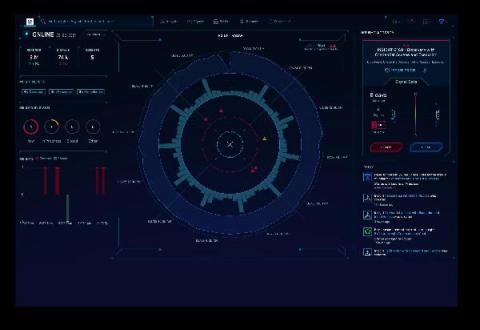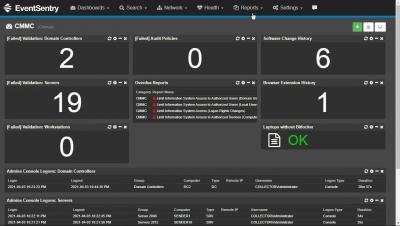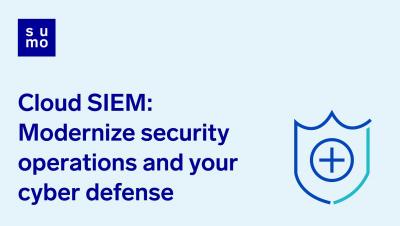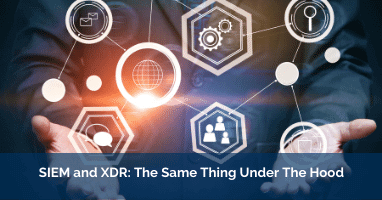Security | Threat Detection | Cyberattacks | DevSecOps | Compliance
SIEM
The latest News and Information on Security Incident and Event Management.
Why is SIEM Important? (SIEM: Benefits and Pitfalls Webinar cuts)
Cloud SIEM accelerates modernizing security operations across Asia Pacific
Practical Guide For SIEM And Active Directory
Active Directory is a popular technology used in many organizations to handle their user management, authentication and authorization. The fact that it’s so dominant and so central to the IT infrastructure makes it a key component for security monitoring. It’s also a popular target for malicious actors, as compromising Active Directory accounts gives them access to many resources.
LogSentinel SIEM Implementation Guide
CMMC compliance with EventSentry
Cloud SIEM: Modernize Security Operations and your Cyber Defense
Three Reasons Why CCPA Compliance May Require SIEM
CCPA, the recent legal privacy innovation in the US, has introduced a lot of requirements for online businesses. We have previously covered the principle of accountability in both CCPA and GDPR, and how an audit log of all data-related activities as well as handling user rights’ requests is important for CCPA compliance. But we sometimes get the question “Is your SIEM going to help us with CCPA compliance?” or even “Is SIEM required for CCPA compliance?”.
SIEM and XDR: The Same Thing Under The Hood
XDR (Extended Detection and Response) is a new trend by large security vendors, and too often people find themselves asking “okay, what’s the difference with SIEM?”. According to Gartner, the main difference is that it is natively integrated with products, typically from the same vendor, which helps in providing better detection and response capabilities. But let’s take a look into what this means in practice.











